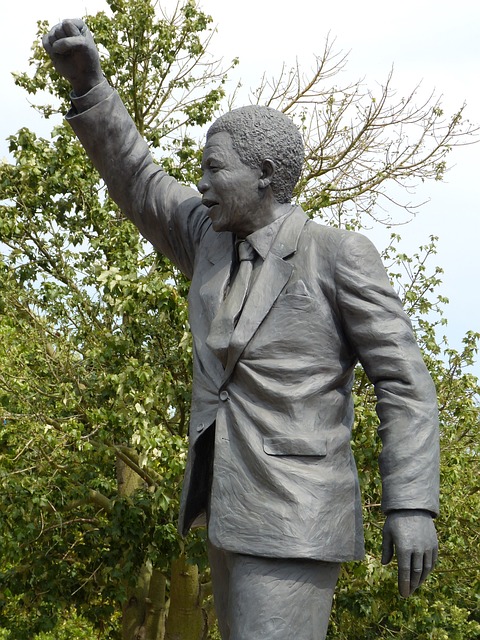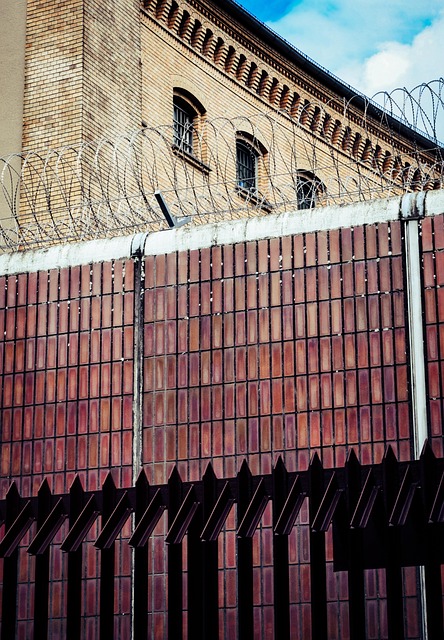In the realm of DUI laws, rural and urban areas face unique challenges. Rural regions with lower densities rely on advanced sensor systems, drone surveillance, and data analytics for efficient enforcement. Urban centers, on the other hand, implement more intensive strategies like sobriety checkpoints. Emerging technologies, including innovative patrol methods, breathalyzer devices, license plate recognition systems, GPS tracking, and AI-driven data analytics, play a critical role in enhancing public safety by addressing distinct needs in both settings.
In the realm of driving under the influence (DUI) laws, a stark contrast exists between rural and urban settings. This article explores the key differences in how these jurisdictions approach DUI enforcement, focusing on emerging technologies that are reshaping legal strategies. From advanced sensor systems to data analytics, these innovations impact both rural and urban DUI prosecution, yet their application varies due to unique challenges and resources. Understanding these disparities is crucial for navigating evolving DUI laws, especially with the integration of Emerging Technologies in DUI Law.
- Understanding Rural and Urban DUI Laws: Key Differences
- Emerging Technologies and Their Impact on DUI Enforcement in Different Settings
Understanding Rural and Urban DUI Laws: Key Differences

In the realm of DUI (Drunk Driving Impairment) laws, a significant distinction arises between rural and urban settings. Rural areas, characterized by lower population densities and vast landscapes, often exhibit unique challenges in enforcing and regulating DUI regulations. Here, emerging technologies play a pivotal role in enhancing safety measures. For instance, advanced sensor systems and drone surveillance can efficiently patrol extensive roads, identifying potential drunk drivers. These innovative tools are especially valuable due to the reduced presence of police officers compared to urban centers.
In contrast, urban DUI laws grapple with the complexities of densely populated regions. High traffic volumes and congested streets necessitate more robust enforcement strategies. Traditional methods, such as sobriety checkpoints, remain crucial here. However, emerging technologies also contribute to urban DUI law by leveraging data analytics for predictive policing, enabling authorities to target high-risk areas and times. This nuanced approach reflects the varying needs of rural and urban communities in combating drunk driving, ensuring public safety across diverse landscapes.
Emerging Technologies and Their Impact on DUI Enforcement in Different Settings

In recent years, emerging technologies have significantly impacted DUI (Driving Under the Influence) enforcement across both rural and urban settings. Advanced breathalyzer devices, now capable of providing more precise readings and faster results, are being deployed to enhance accuracy in alcohol testing. In urban areas, where high traffic volumes and dense populations pose unique challenges, technology like license plate recognition systems and GPS tracking have proven effective in identifying and apprehending intoxicated drivers. These tools enable real-time monitoring and immediate response times, crucial for bustling metropolises.
Conversely, rural regions are benefiting from innovations such as remote sensor networks and automated roadside checkpoints. These technologies allow law enforcement to cover larger areas with minimal resources, addressing the challenges posed by low population densities and expansive landscapes. With the integration of AI-driven data analytics, both urban and rural DUI enforcement agencies can more efficiently target high-risk areas and times, adapt to changing patterns in driver behavior, and ultimately reduce instances of impaired driving.
In understanding the nuances of rural versus urban DUI laws, we’ve highlighted key differences that shape enforcement strategies. Emerging technologies in DUI law are revolutionizing how authorities manage these cases, from advanced breathalyzer devices to predictive analytics for high-risk areas. As these innovations continue to evolve, a balanced approach that respects both public safety and individual rights becomes increasingly vital, especially when navigating the distinct challenges presented by rural and urban settings.






